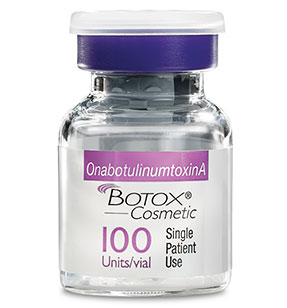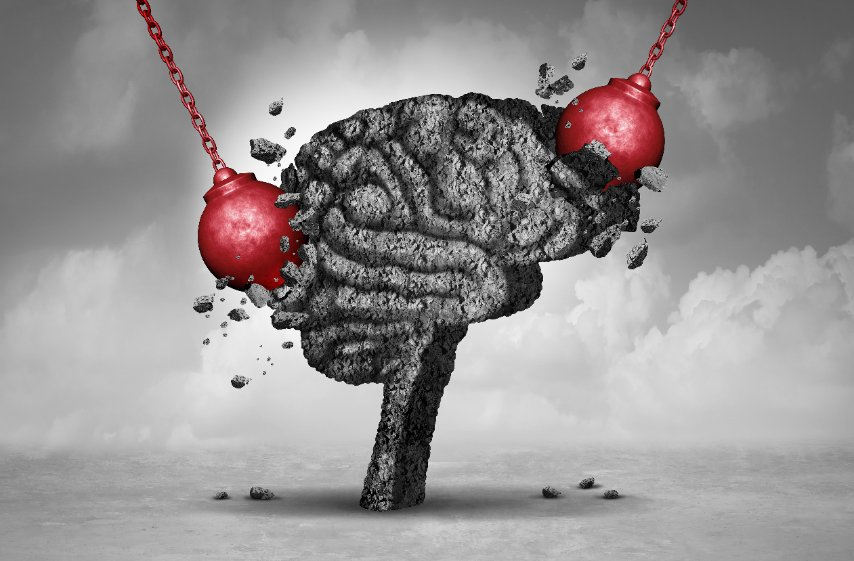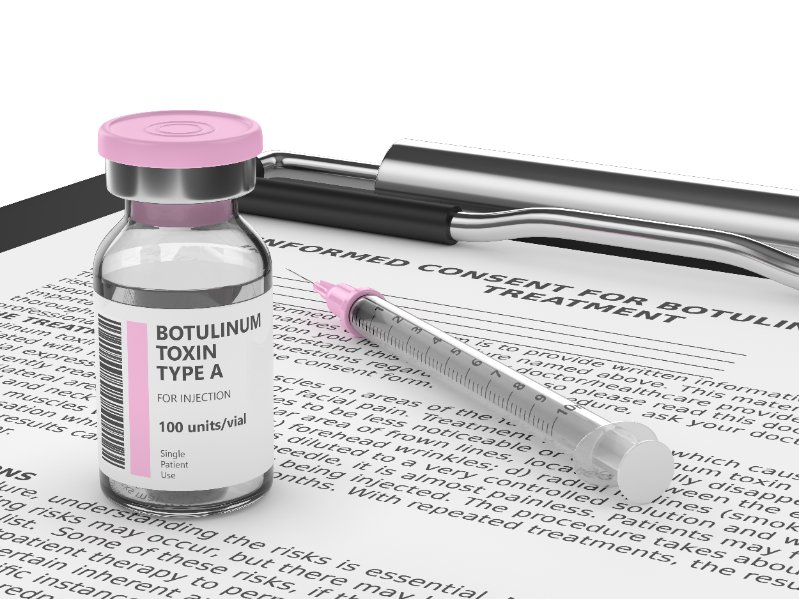
Do you suffer from migraines or headaches? If so, you’re not alone. Millions of people experience debilitating pain and symptoms associated with these conditions.
Migraines and headaches are common issues that many people experience. While there are treatments available, such as over-the-counter medications and prescription drugs, some people may want to consider an alternative treatment: Botox.
Learn how getting Botox for migraines works and whether or not it’s right for you!
Botox is made from botulinum toxin, which is a neurotoxin. When injected into the muscles of the head and neck, it can help prevent headaches and treat chronic migraine pain.
The Difference Between Headaches and Migraines

Headaches and migraines are often used interchangeably, but they are actually two different conditions. Headaches are a common ailment that most people experience at some point in their lives.
They can be caused by a variety of factors, including stress, dehydration, and eyestrain. They can also often be relieved with over-the-counter medications.
There are several types of headaches, which include:
Ice Pick Headaches
These are headaches that often arrive suddenly and make you experience intense, sharp pain.
This type of headache usually lasts 5-30 seconds and is often experienced on the side of your head just past your eye.
Cluster Headaches
This is the most severe type of headache one can experience. During a cluster headache, you would feel pain around and above your eyes, temples, and even in the back of your head.
Cervicogenic Headaches
These are caused by pain in your neck. This occurs when there is tension on the spine or neck pain and can trigger this type of headache.
Migraines, on the other hand, are a more severe type of headache that is often accompanied by other symptoms, such as nausea, vomiting, and sensitivity to light and sound.
Migraines can be caused by a number of different things, including hormonal changes, certain medications, and food triggers.
There are different kinds of migraines one may experience, each with different symptoms and targeted areas. They include:
Complicated Migraines
These occur when one sees black dots and zig zags or experiences the inability to speak clearly. This can last ranging from 10-30 minutes and is the early telling of migraine attacks.
Common Migraine
This is when one experiences a pulsing or throbbing pain on one side of the head, sensitivity to sound and light, and nausea. What makes this type of migraine different from others is the lack of warning phases.
Silent Migraine
This is a migraine without head pain. During this, you can experience dizziness, visual disturbances, nausea, and other migraine symptoms, but do not have any head pain, neck pain, or throbbing.
Chronic Migraine
This is when you have a headache more than 15 days a month. Those who suffer from chronic migraines may feel it is just a regular headache when the pain is less severe or mistake it for a tension headache.
Migraine sufferers often need to take prescription medication to find relief. In some cases, avoiding triggers and getting enough rest can prevent migraines. However, headaches cannot be prevented in the same way.
The History Of Botox

Botox is a popular cosmetic treatment that helps to smooth out wrinkles and fine lines. But what many people don’t know is that Botox was actually first developed for medical purposes.
In the early 1800s, doctors began experimenting with injecting toxins into patients in an effort to treat a variety of conditions, including muscle spasms and crossed eyes. It wasn’t until the 1970s that Botox began to be used for cosmetic purposes.
In 1978, two doctors published a paper demonstrating that injecting small amounts of Botox into facial muscles could temporarily weaken the muscles, leading to smoother skin.
The rest, as they say, is history. Today, Botox is one of the most popular cosmetic treatments in the world, with millions of people opting for Botox shots each year.
How Does Botox Help Treat Migraines
Although Botox is most often associated with cosmetic purposes, it can also be used to treat migraines. Botox is a purified protein that is injected into the muscles to temporarily reduce muscle activity.
Botox for migraines works by reducing the frequency and severity of migraines. Botox treatment for migraines typically consists of a series of Botox injections spaced about 12 weeks apart.
Botox is most effective for people who have frequent migraines but is not effective for everyone. The U.S FDA has approved Botox for the treatment of chronic migraines.
Botox injections help to relax the muscles in the head and neck, which can provide relief from pain and other symptoms. In addition, Botox can help to prevent migraines from occurring in the first place by reducing the frequency of muscle contractions.
Botox For Headaches

Aside from treating migraines, Botox can also assist in the treatment of headaches. Botox works by relaxing the muscles that cause headaches and can reduce headache frequency.
Botox for tension headaches is usually administered in three small injections across the forehead. The treatment can provide relief from headaches for up to three months and is redone every 12 weeks.
Receiving Botox for chronic headaches is most effective for those who have chronic tension headaches, providing significant relief for people who have not responded to other forms of treatment.
Will Botox Help Tension Headaches?
This toxin can treat migraine pain by blocking nerve cells and can provide significant benefits to refractory patients. Due to the pain sensation modulations, it may also be useful for chronic headaches.
You may be given injections on the face, temple, and neck. Occasionally the physician injects triggers at areas where headache pain occurs.
Results after treatment usually last about 3-4 months for the majority of patient groups. Studies show that Botox treatment reduces headaches by 50%-65%.
How Botox Treatment For Migraines Works

The process of receiving Botox injections for migraines usually takes about 15-30 minutes. The treatment begins with the numbing of the skin using an anesthetic by a healthcare professional.
Once the skin is numb, several units of Botox are then injected into areas of your neck and head where you most feel the pain of your migraines and headaches. This should temporarily paralyze the muscle activity in the injected areas and relieve migraine pain.
How Many Shots Do You Get of Botox For Migraine Pain?
You get multiple shots from botox once a month to relieve headaches. You can use 30 – 40 shots in total so you will get the same number on both sides.
Occasionally a migraine occurs at some of these points, and it might require additional shots at that point as well.
Each unit of Botox usually costs around $10-$15 dollars per unit. The total cost depends on how many units will be needed for the specific treatment being done.
In the case of treating migraine headaches, you would need about 155 units of Botox in order for the preventive treatment to be effective.
Risks Of Botox Injections For Migraines
While Botox treatment for migraines is generally considered safe, there are some risks associated with the procedure. Injecting Botox can cause bruising, swelling, and pain at the injection site.
There is also a small risk of botulism, a serious neurological condition that can occur when botulinum neurotoxin enters the bloodstream. This can cause paralysis, difficulty breathing, and can even at times be fatal.
However, these risks are typically mild and transitory, and many people find that the benefits of Botox injections for migraines outweigh any potential risks.
When experiencing these side effects after receiving Botox for migraines, contact your doctor to see what over-the-counter medications can be taken.
Do I Qualify For Botox Treatment For Migraines?
Though you may struggle with chronic migraines, you may not qualify to receive Botox injections for migraines.
Botox treatment for chronic migraines is recommended for those who fit the following criteria:
You experience headaches for more than 15 days a month
8 days of the month, you experience migraines that last at least 4 hours
Are at least 18 years of age
Depending on the symptoms you experience, you may be advised by your doctor’s office to try other forms of treatment for chronic migraines before Botox. If you wish, you could schedule a consultation with us or one of our li
